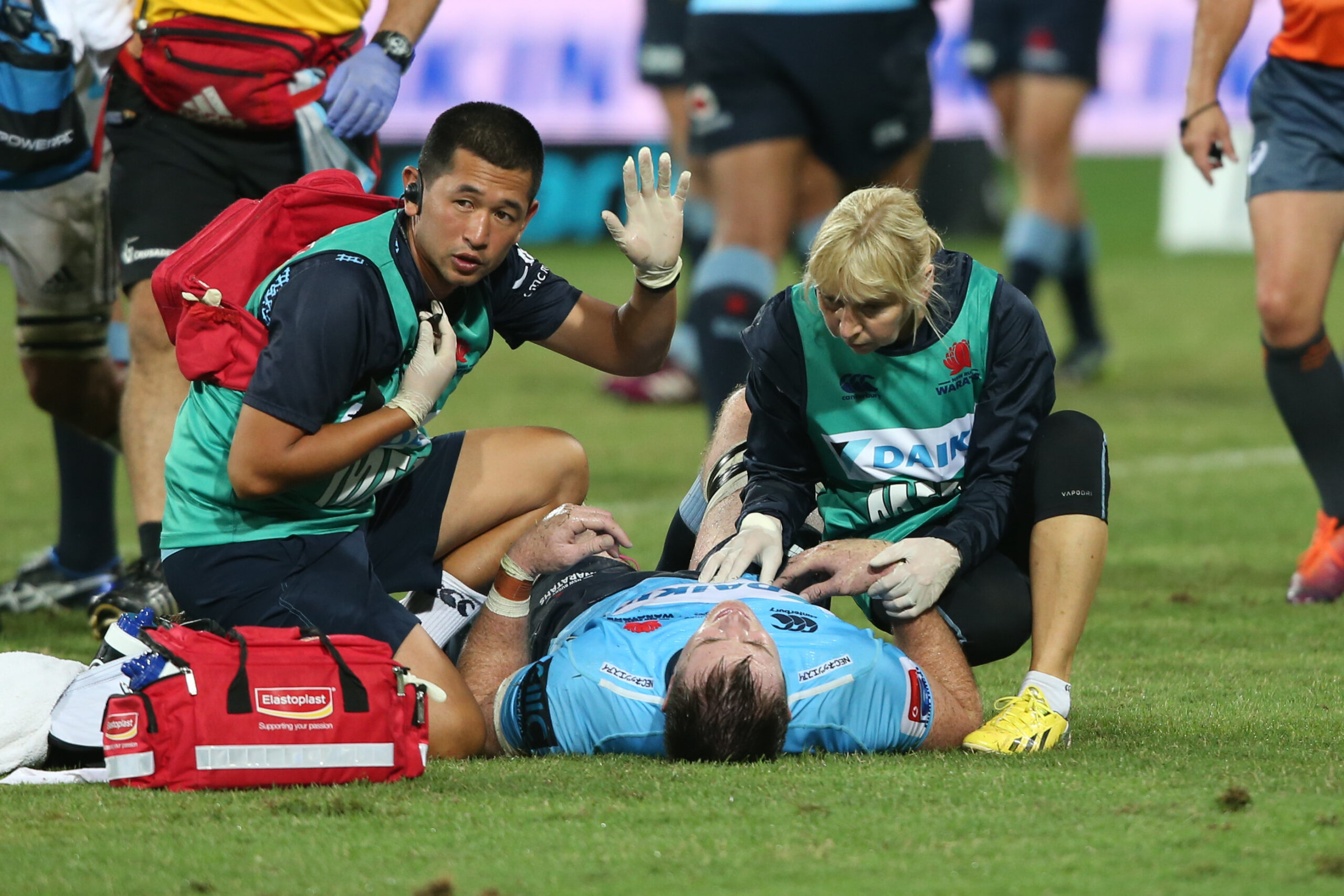Injuries are frustrating, often complex and rarely caused by a single factor. In sports medicine circles, it’s generally accepted that previous injury from sport or physical activity is the ‘greatest risk factor for future injury’ (Fulton et al., 2014). Inadequate rehabilitation after an injury is also a primary cause of vulnerability to future injuries (Kucera et al., 2005). Understanding the long-term impacts of these injuries, can often help us better engage with prehab (injury prevention work) and rehabilitation (injury treatment) and help motivate us to perform these important, although often less exciting, elements of training.
What factors influence the risk of injury?
Injury risk varies from sport to sport, although lower limb injuries are common too many different types of sports. Hamstring strains, anterior cruciate ligament (ACL) damage, achilles tendinopathy and ankle sprains are all well-known injuries in active populations (Fulton at al., 2014). The demands of your specific sport will place different stressors on the body, changing the risk profile for individual body parts. For example, the most common types of running-related injuries are at the knee joint, and most frequently present as patellofemoral pain syndrome (PPS), iliotibial band friction syndrome or patella tendinopathy (Melling and Neurohr 2019). A 1-year retrospective study looking into the injury incidence of recreational runners, found that runners with a history of injury were twice as likely to sustain a running-related injury than those who had never been injured (Desai et al., 2021).
There are similar findings for competitive team sports. In a study assessing injury risk of elite level football players, the risk of hamstring injury was 4.3 times greater in players with a history of hamstring strain (HS), than players that had never had one (Fulton at al., 2014)! Similarly, previous HS, ACL, and calf injuries, alongside older age, were the strongest predictors of HS injuries, in a systematic review conducted by researchers in 2020 (Green et al).
On top of this, the site and type of re-injury is not limited to the same site it previously occurred. There is significant evidence to suggest that an injury on one side of the body can increase the risk of damage to the opposite side of the body. For example, researchers have found that individuals who have injured their Achilles tendon were 176% more likely to injure the other side later on (Aroen et al., 2004). Similar findings were shown for ankle sprain injuries (Fulton et al., 2014).
So, what does all of this mean?
Fortunately, the takeaway is not to conclude that once injured, we will always re-injure. This is certainly not guaranteed. However, the research does highlight a very significant trend which we should pay attention to. Individuals who engage in sports or recreational activity will always have a risk of injury, but that risk is even greater when previously injured. Within these higher-risk groups, prehab and rehabilitation must be prioritised in order to reduce the risk of recurrence in later life, particularly for regular exercisers. This isn’t limited to just adults either, notably youth sports players need just as much support and effective rehabilitation, if not more, in order to prolong their career in sport (Kucera et al., 2005).
The key takeaway is that we should all include effective injury prevention work in our routine training programs and when necessary, we should give the appropriate time and effort to treat injuries early so that we can reduce the risk of recurrence so that we can enjoy our sports and exercise for longer.



